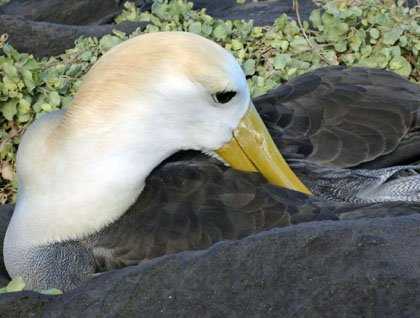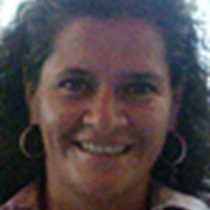Also known as Hood Island, Española is the oldest island in the Galapagos. In its four million years, Española has given species enough time to evolve in isolation. The island, therefore, has a number of endemic species. The Española mockingbird is one such example. It is also a good case of “adaptive radiation,” which means that several species have evolved from a common ancestor.
Interesting enough and being only one of four species, the Española mockingbird got the attention of Charles Darwin back in the early 1830s when he visited the islands. As he collected three out of the four species, he was able to see their physical differences. He realized that something strange was happening here because even though the species looked very similar they were not the same.
On the beach, we saw hundreds of sea lions resting on the beach and this made us think they are all lazy creatures. But a naturalist explained that most of them spend an average of 15 hours in the water looking for fish. By the time we see them, they are exhausted and don’t want to be disturbed.
As we hiked along old pahoehoe lava, we found waved albatrosses, some with chicks, some with eggs and some courting. It was magnificent to be able to get this close to these wise, beautiful birds. We were also extremely happy to find a few pairs of blue-footed boobies courting and making nests.
As we started to walk back to the ship, we realized that this fragile ecosystem needs to be protected. It needs to be conserved, not only for us humans to enjoy but because it is the home and only nesting ground of certain species and this makes Española all the more unique.




